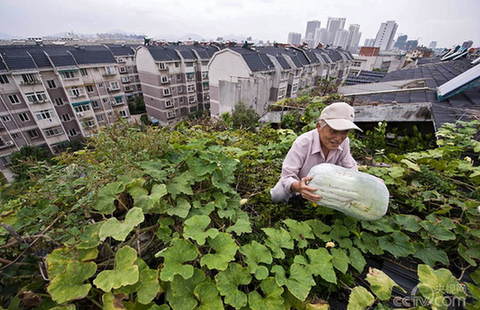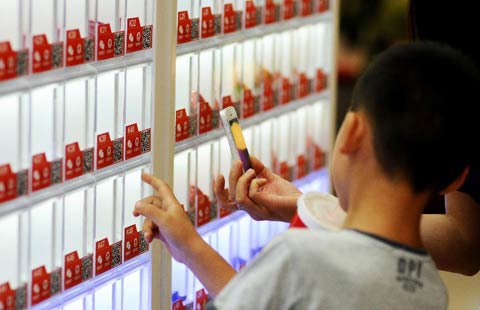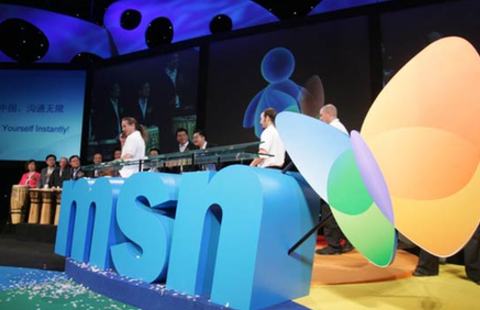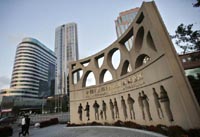Statistics from August give analysts grist for mill
By Zheng Yangpeng (China Daily) Updated: 2014-09-16 09:09
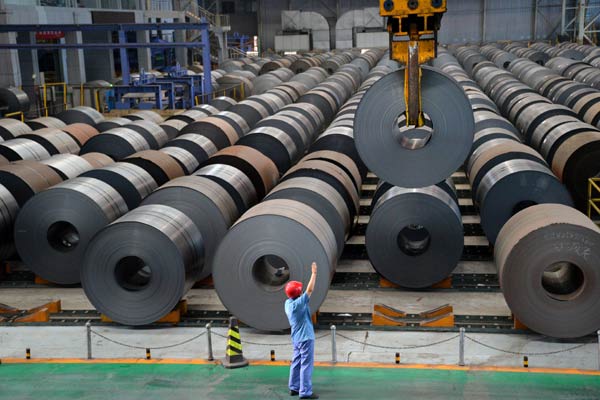 |
|
Spools of steel are stored in Handan, Hebei province. The rate of growth in the nation's industrial output in August dropped sharply from the previous month. HAO QUNYING/CHINA DAILY |
Another month or two of slack data may prompt change, experts believe
When Premier Li Keqiang spoke at the World Economic Forum in Tianjin last Wednesday, he probably already had economic data for August, which had not yet been released, in mind. He said the government would not be distracted by short-term fluctuations in individual economic indicators and would maintain its focus on structural adjustments and dealing with long-term issues.
Three days later, figures from the National Bureau of Statistics took the market by surprise. Industrial output rose 6.9 percent year-on-year in August, the slowest pace since 2008 amid the global financial crisis and a sharp drop from 9 percent in July.
Fixed-assets investment, an important driver of economic activity, slowed to a 14-year low of 16.5 percent in the first eight months of the year. In particular, electricity output - a closely watched economic indicator - dropped 2.2 percent.
The message from the August data dovetailed with previous figures that showed the second straight decline in imports and a 40 percent drop in the broadest measure of new credit, which reflected weak domestic demand.
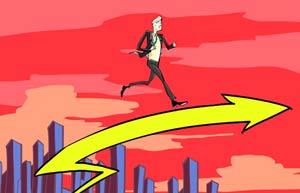 |
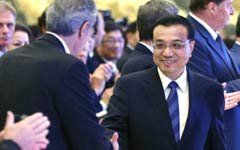
|
"Growth slightly higher or lower than the 2014 target of 7.5 percent is acceptable as long as employment, incomes and environmental protection improve," Li said in Tianjin.
Trey McArver, a London-based consultant specializing in Chinese business, said: "The new emphasis could signal an attempt by (Li) to move the focus of economic policy away from headline growth targets. To maintain growth at the current 'around 7.5 percent' target will necessitate continued inefficient investment that will exacerbate the current imbalances."
Ma Xiaoping, an economist with HSBC Holdings Plc, said: "I think (Li) is trying to send a message that things are still OK, to say if there's a further slowdown in the economy, they do have a higher tolerance for a lower growth rate."
But he added: "If the slowdown continues for another one or two months, I think they will not stay there. They may opt for a broader cut in the banks' reserve requirement ratio or in interest rates. They can keep calm for another month."
Ma was not alone in advocating a cut in benchmark interest rates or the overall reserve ratio. A number of financial institutions, including UBS AG, Mizuho Securities Co Ltd, Nomura Securities Co Ltd, The Australia and New Zealand Banking Group Ltd, have called for or forecast cuts in interest rates or reserve requirements.
"They have to introduce more stimulus. Otherwise, how can they even maintain 7.3 percent growth?" asked Shen Jianguang, chief economist with Mizuho.
Wang Tao, chief economist with UBS China, said: "A cut in the benchmark lending rate is the most direct and effective way to lower financing costs in the economy as nearly 70 percent of credit is priced off of the benchmark. That said, we think a cut in mortgage lending rates may more likely come first."
Analysts with ANZ warned that growth in GDP may slip to 6.5 to 7 percent in the third quarter if September numbers are also weak.
However, analysts with a government background were less concerned, arguing that the market should not read too much into a single month's data. In addition, the annual target for job creation has nearly been reached, suggesting there is still room for tolerance.
- Nippon Paint China upgrades brand for comprehensive custom service
- Whirlpool gets approval for acquisition of Hefei Sanyo
- China-invested airlines to launch flights in Cambodia
- BOC announces yuan bond listing on Euronext
- Heilongjiang's farms turn to 'green'
- Harbin's agri-products going global
- Nature's bounty from province's vast forests
- The 11th China-ASEAN Expo starts in Nanning

